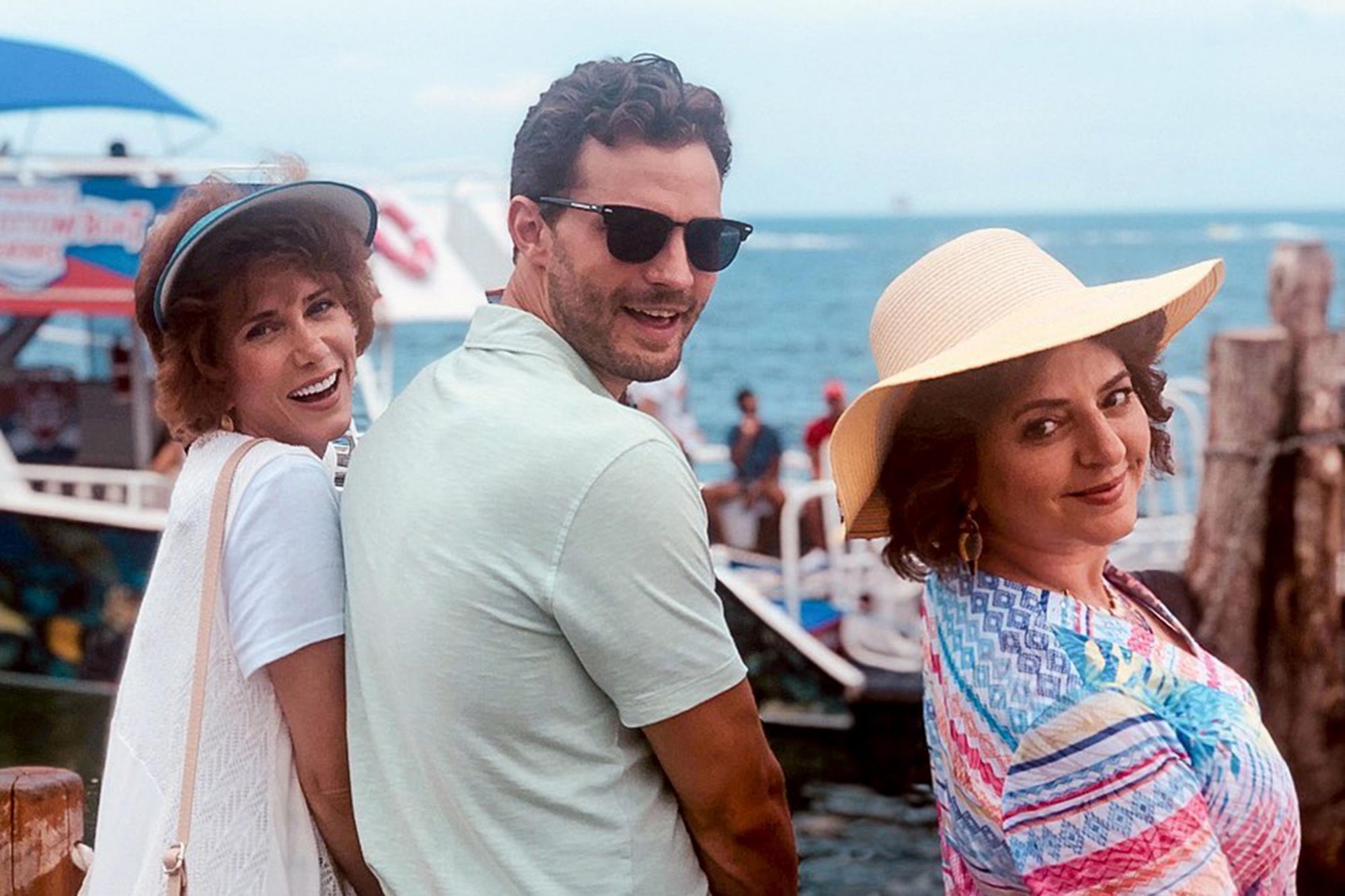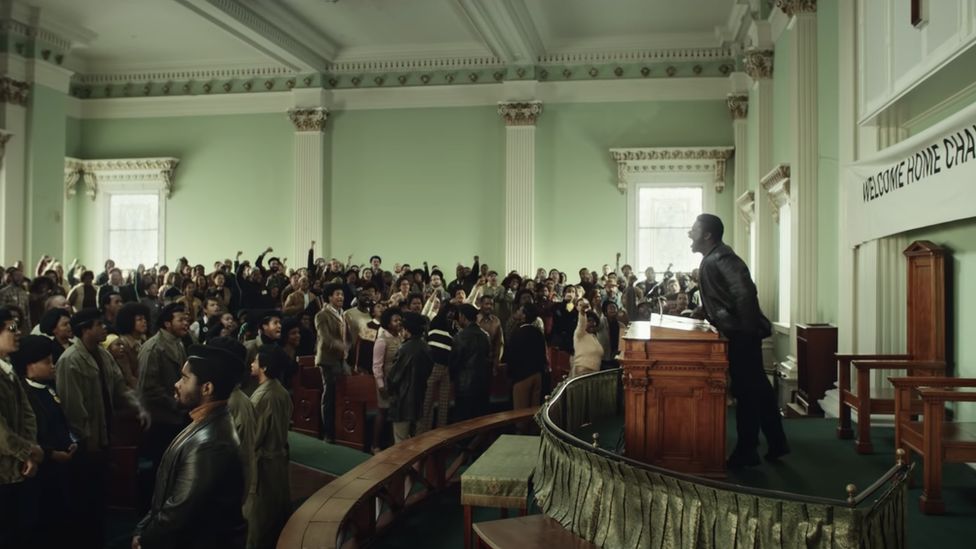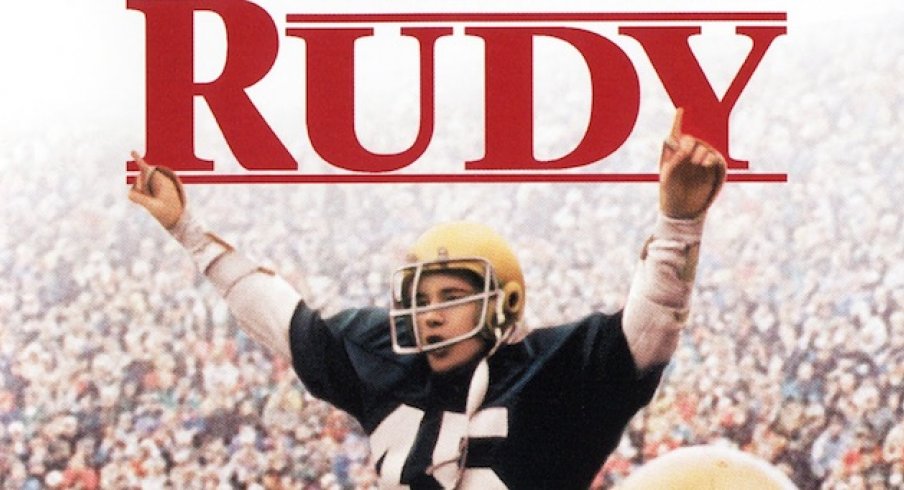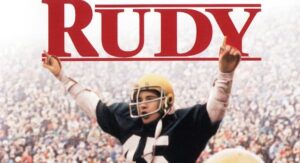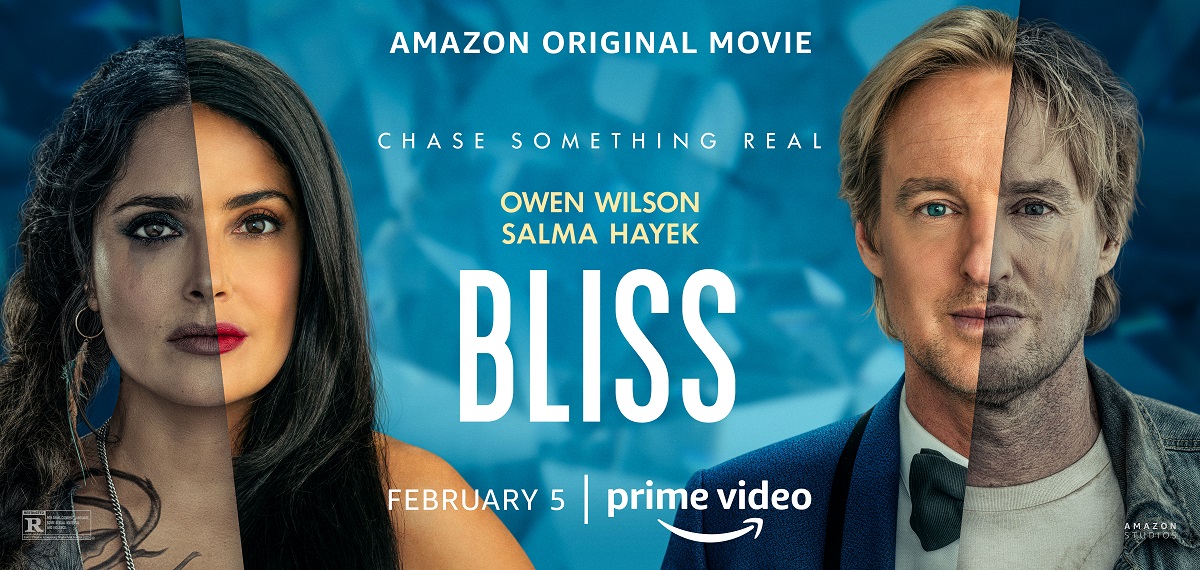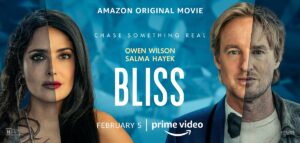Barb and Star Go to Vista Del Mar
Posted on February 11, 2021 at 5:38 pm
B +| Lowest Recommended Age: | Mature High Schooler |
| MPAA Rating: | Rated R |
| Profanity: | Brief strong language |
| Alcohol/ Drugs: | Alcohol and drugs |
| Violence/ Scariness: | Peril and violence, mostly comic |
| Diversity Issues: | None |
| Date Released to Theaters: | February 13, 2021 |
| Date Released to DVD: | March 30, 2021 |
I hereby forgive Jamie Dornan for everything “50 Shades”-related, even his terrible rendition of “Maybe I’m Amazed.” He is such a hoot in “Barb and Star Go to Vista Del Mar,” and so clearly enjoying himself that I was utterly charmed.
I’m not sure what else it is fair for me to tell you about “Barb and Star,” though, because I want you to have the fun of discovering it for yourself. In order to keep this review as spoiler-free as possible, it may be a bit cryptic. The best I can do is tell you that if you are looking for something amiably goofy and offbeat, ranging from gentle comedy to outright surreality, you will enjoy it.
I’m guessing that screenwriters and stars Kristen Wiig and Annie Mumalo (who also write “Bridesmaids”) created the irrepressibly cheerful characters of Barb and Star as way of goofing around together. Think a female, very midwestern version of the Gil Faizon (Kroll) and George St. Geegland “Oh, Hello” characters created by Nick Kroll and John Mulaney. Like them, Wiig and Mumalo have the greatest affection for their characters, recognizing how silly (and poignant) it is for them to be clueless and yet very sure of themselves in what may seem to us to be very constricted little worlds. We may laugh at them, but if we condescend because they are outside of our own world, we will learn about our own refusal to acknowledge the constrictions we live in, ourselves.
Star (short for Starbera) and Barb (not short for anything, just Barb), are middle-aged ladies, one divorced, one widowed, who “work” together at the Jennifer’s Convertibles, the poshest store in tiny Soft Rock, Nebraska. They also live together in a house that probably has tiles with cute sayings like “Kiss the cook!”
They never get tired of talking to each other. Indeed, they spend all day at Jennifer’s Convertibles sitting on one of the convertible sofas sipping coffee and talking to each other, a constant pleasant twittering. When a couple wants to talk to them about actually buying the sofa, they refuse. Which may be one reason they find out soon after that the chain is folding they are laid off.
They get some severance money and when a friend (Wendi McLendon-Covey) tells them about her wonderful Florida vacation (“Tommy Bahama top to bottom and a 24-hour CVS!”), they decide to go. It feels like a big risk. They are very comfortable knowing everything and everyone where they are. But the stories they tell each other are old stories, so maybe it’s time to make some new ones. And so they pack, including travelers’ checks left over from Barb’s wedding. And culottes (helpfully defined for us as a skirt with a cloth divider kind of like very wide shorts). And off they go, entertaining themselves on the airplane by imagining a friend they’d like to have named Trish.
And that is where they meet Edgar (Dornan), who is supposed to be carrying out a nefarious assignment, but is distracted by uncertainty, a hallucinatory gigantic drink called Buried Treasure, and of course Barb and Star. The rest of the film includes a wild musical number, another musical number, a mouse orchestra, a threesome, a child who looks like the kid from “Up” and sings along to Barbra Streisand and Barry Gibb as he delivers newspapers (and more), a nefarious villain with a familiar face, a book called How to Know the Person You Love Loves You Even if They Don’t Act Like It Most of the Time, love advice from a crab, and, yes, Tommy Bahama.
The movie sails happily from the silly to the surreal, from the goofy to the even goofier. Director Josh Greenbaum holds it all together so that even the wildest moments feel part of the same world as the gentle jokes of two middle-aged women on their first plane trip. One reason is that he never condescends to the characters. He genuinely loves them, and so we do, too. Watching it is like having champagne bubbles tickle your nose.
Parents should know that this is a light comedy with some very mature material including brief strong language, crude sexual references and non-explicit situations, drinking and drugs, and peril and violence (mostly comic). A mega-villain plots a massive attack and commits an off-camera murder. There are also references to divorce and to the death of a spouse.
Family discussion: Why are Barb and Star such good friends? What surprised you about them?
If you like this, try: “Mr. Hulot’s Holiday,” “Romy and Michelle’s High School Reunion,” “Spy,” and “Lost in Paris”

